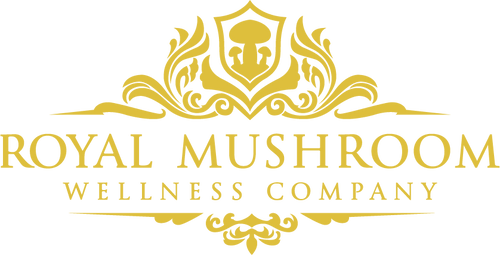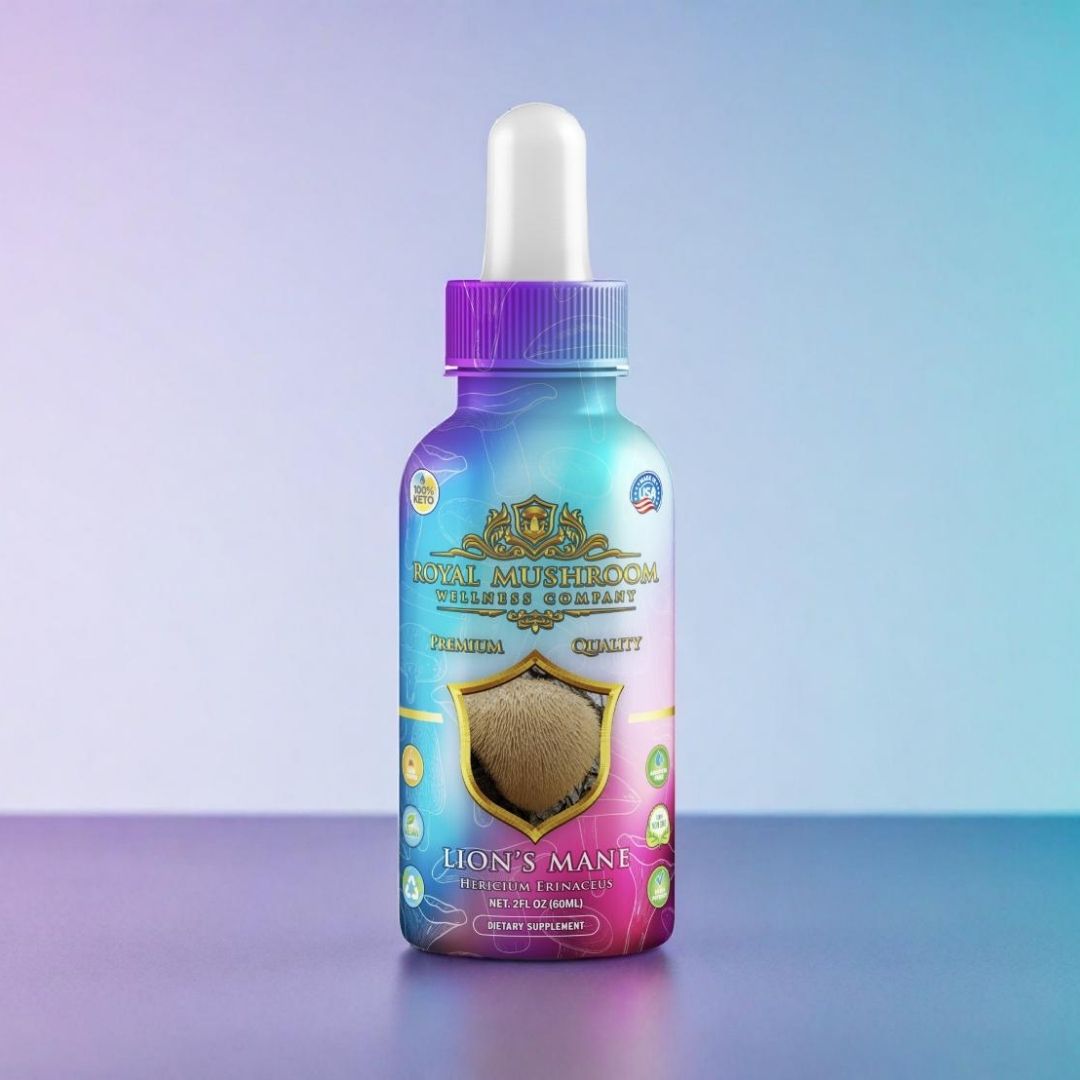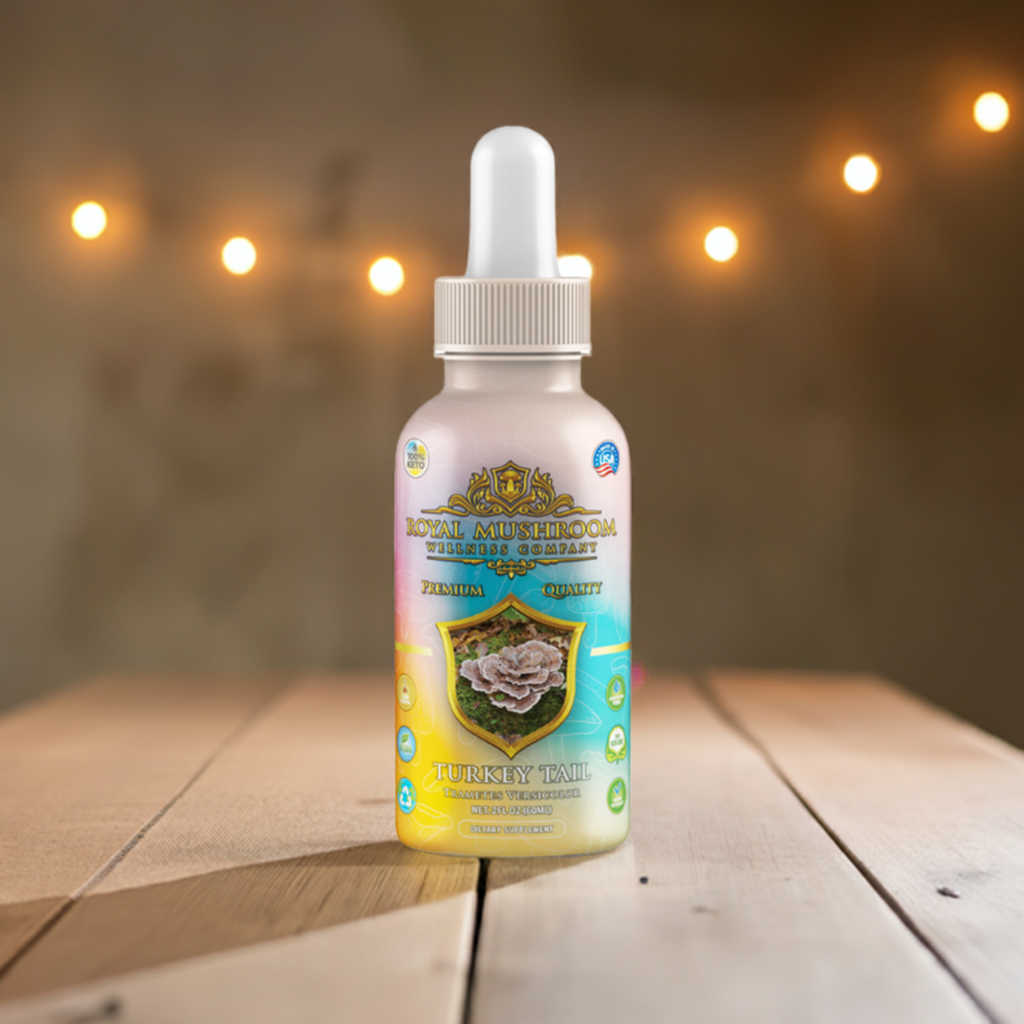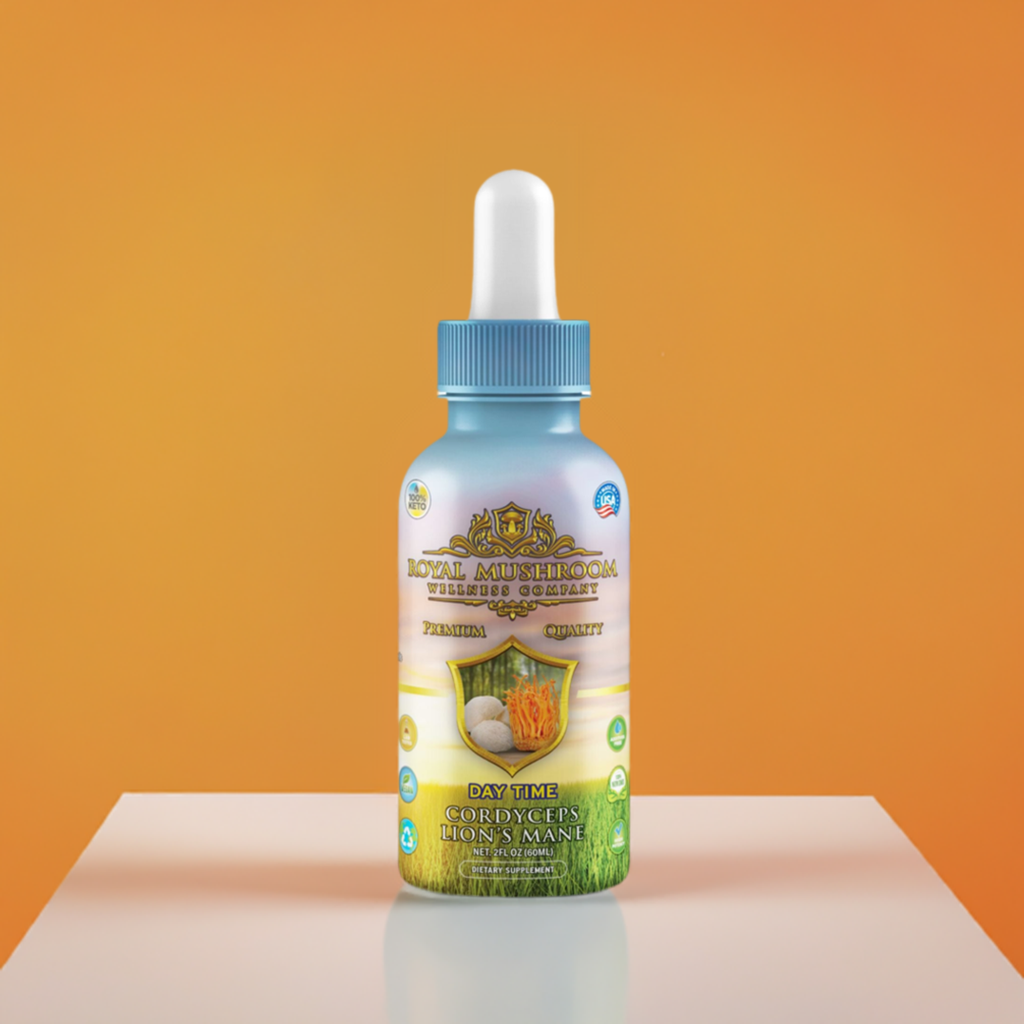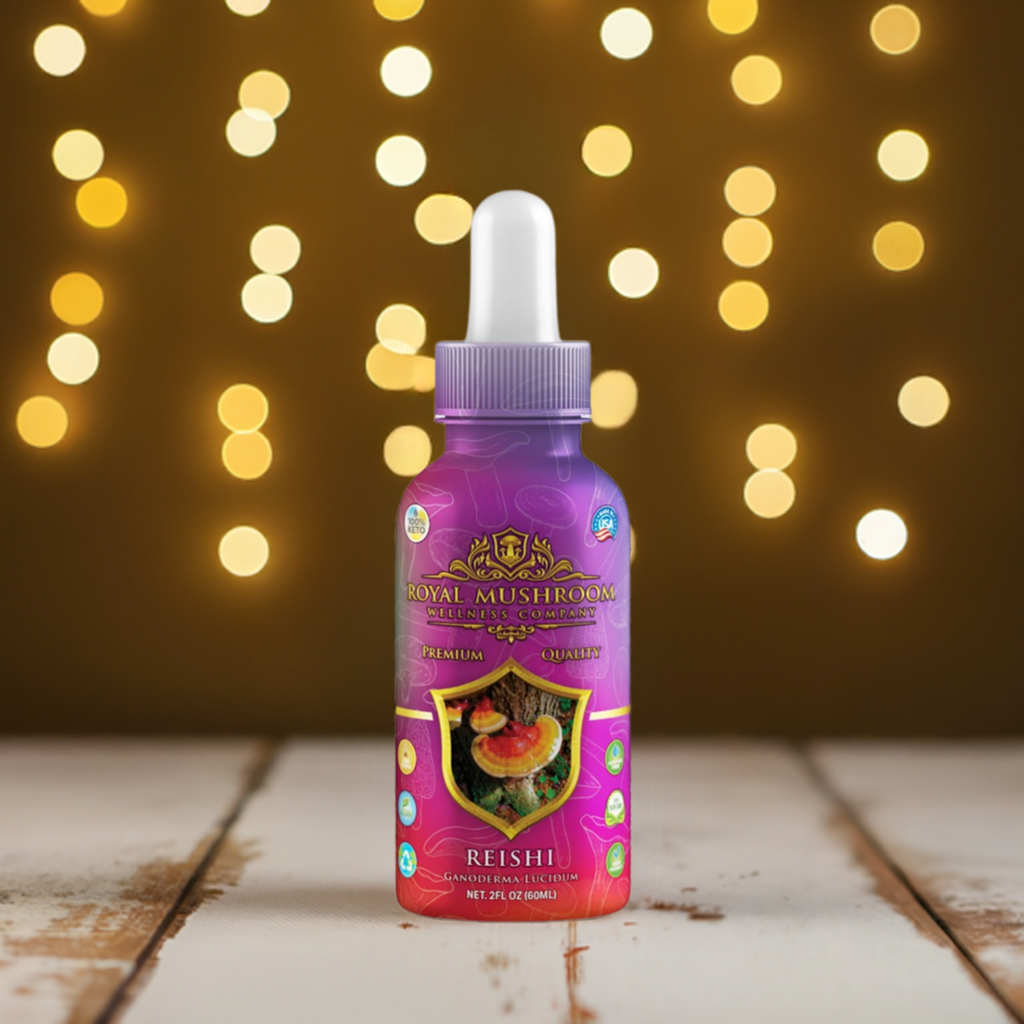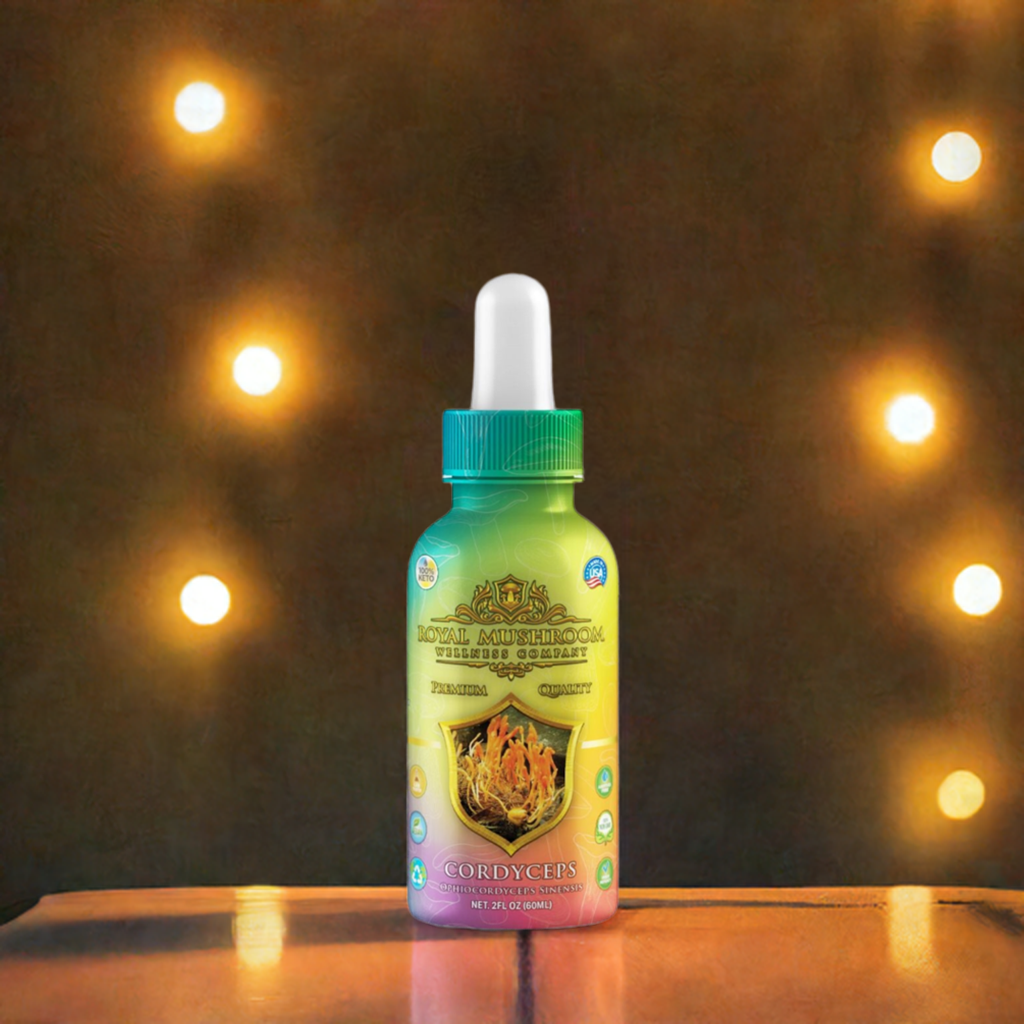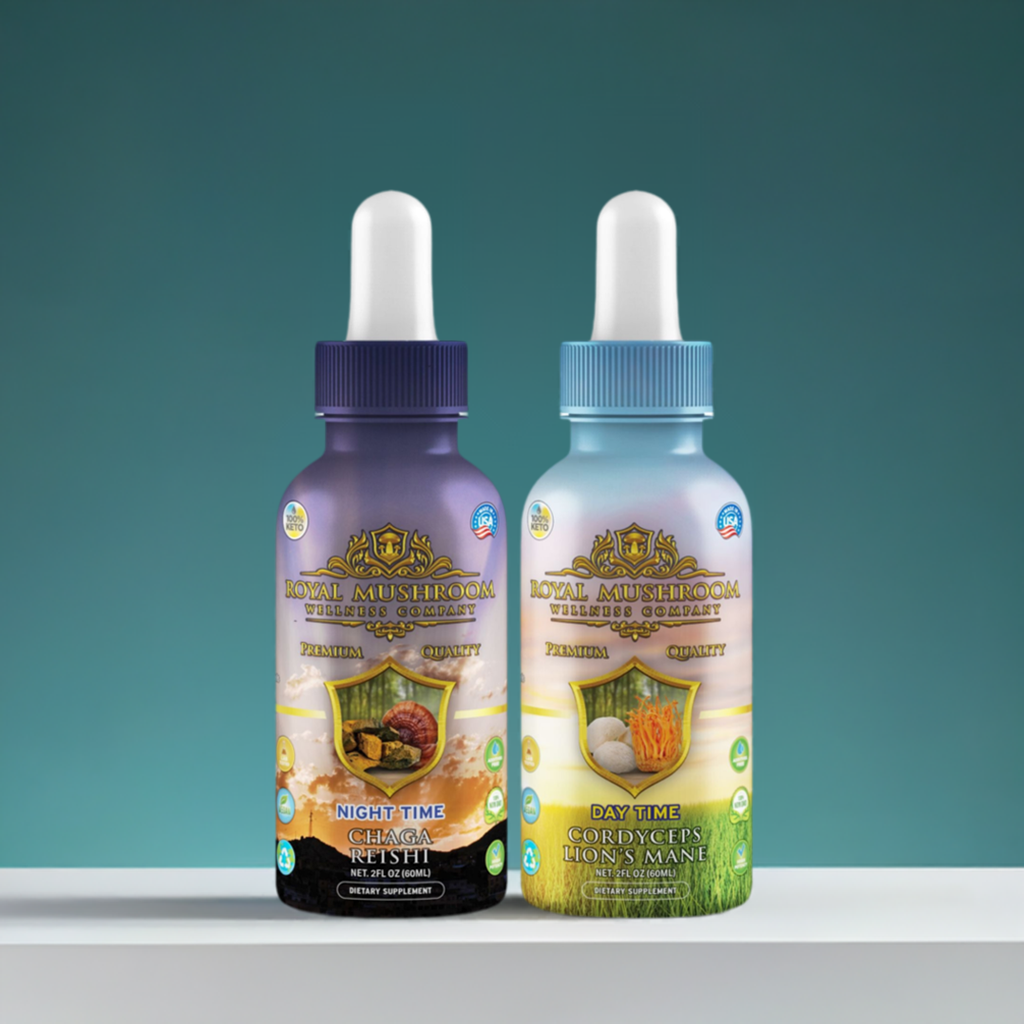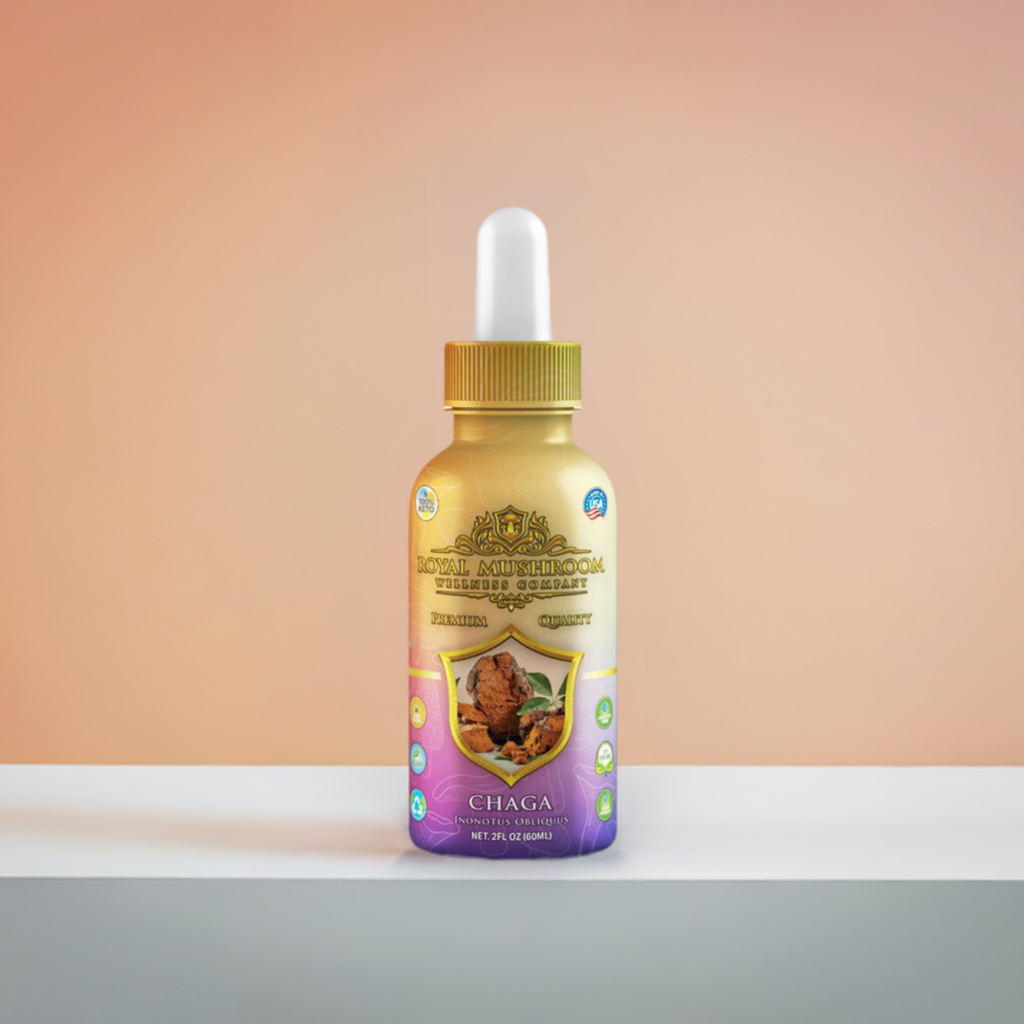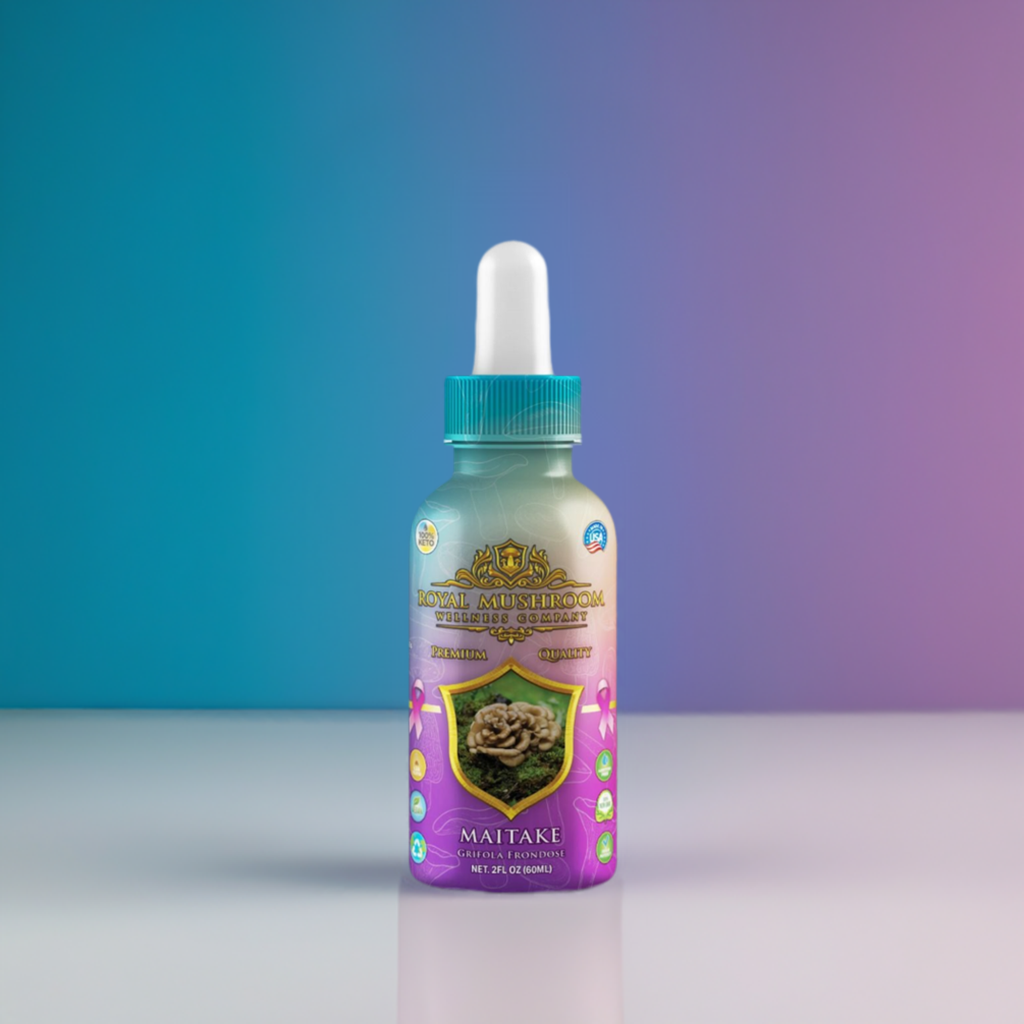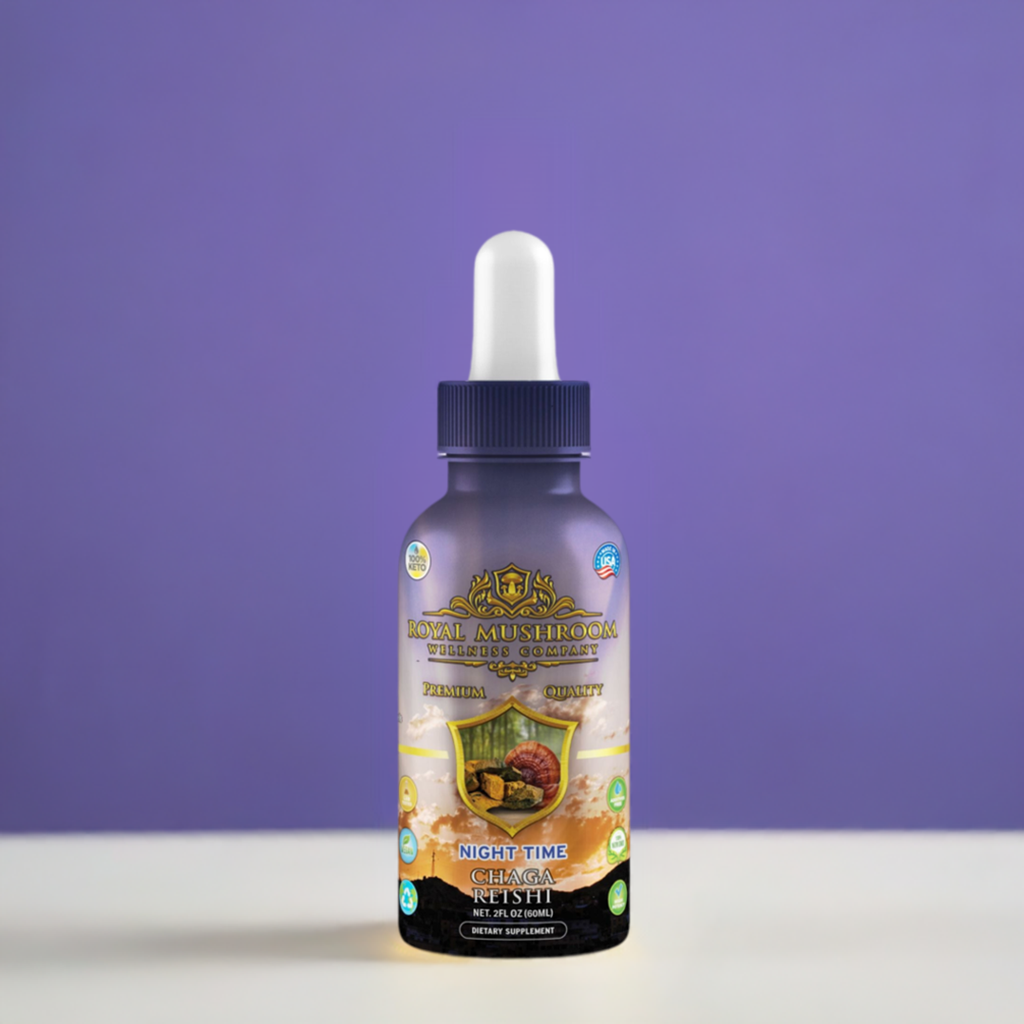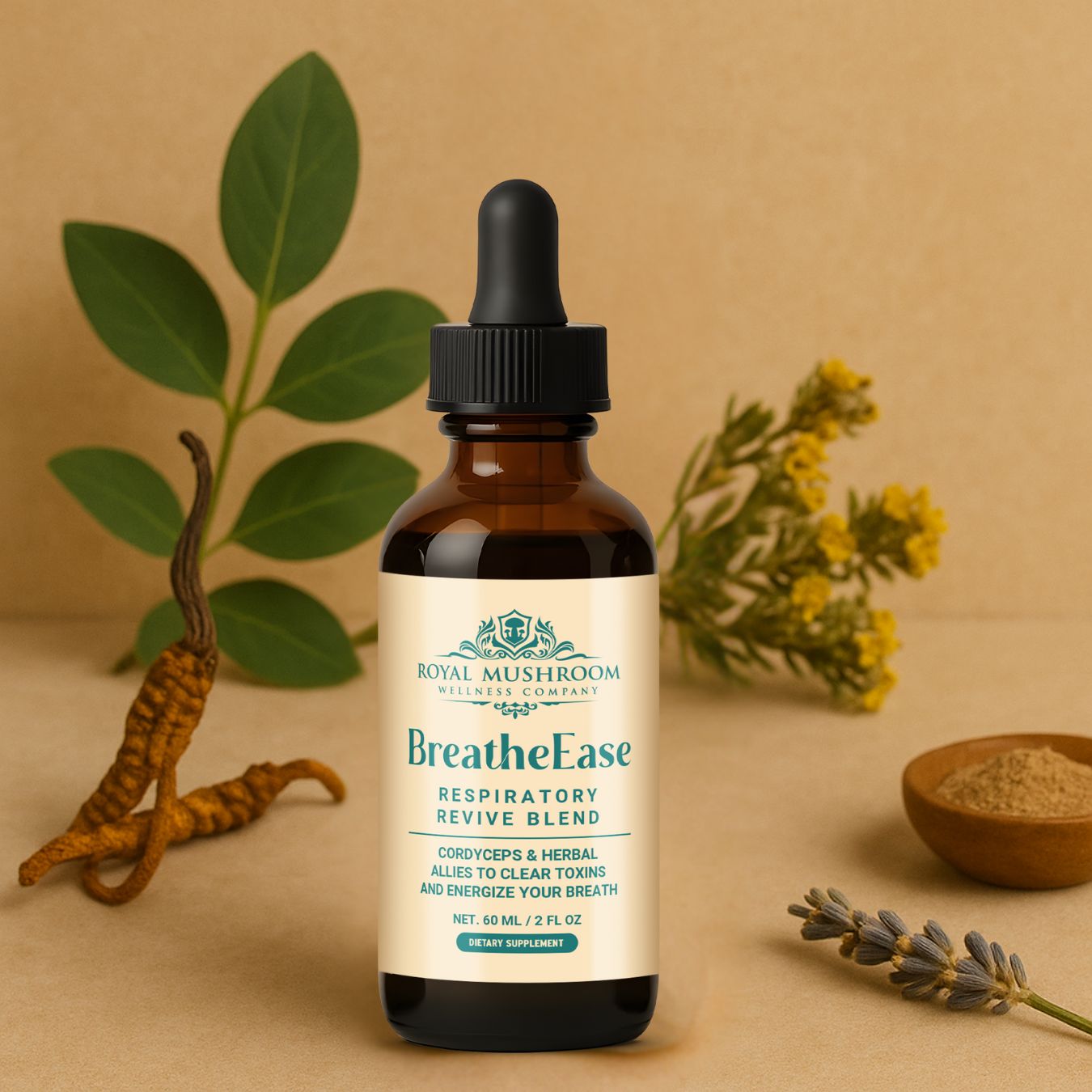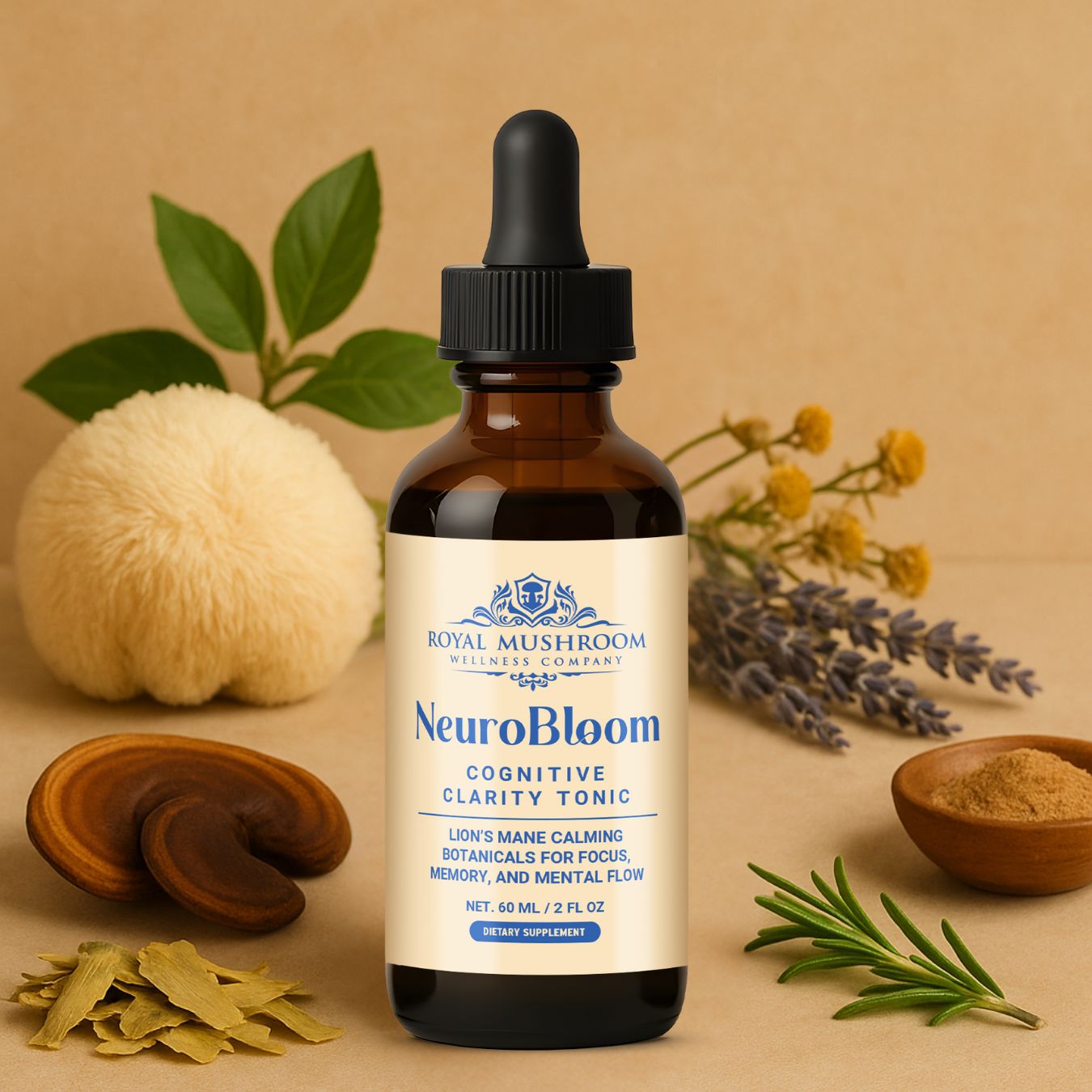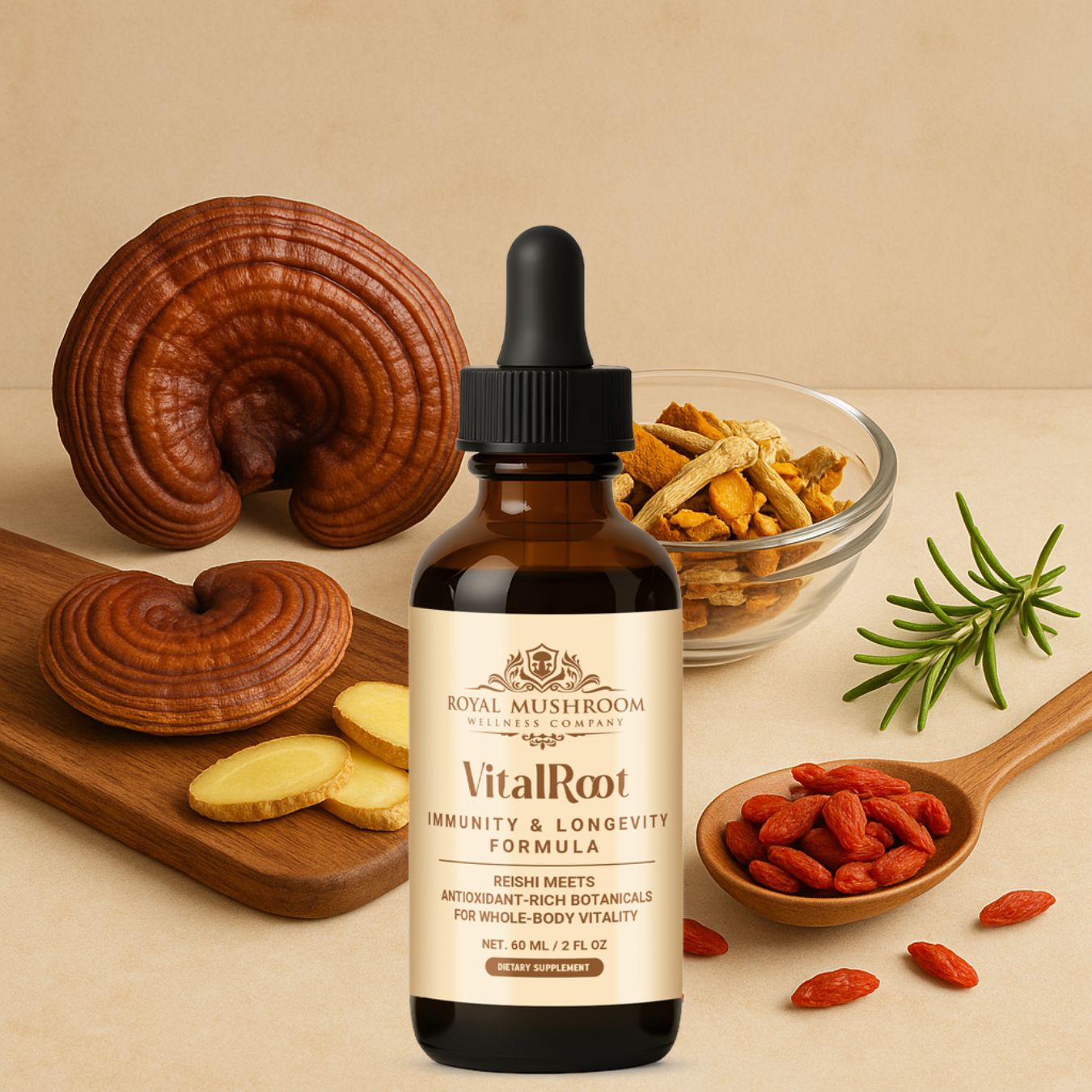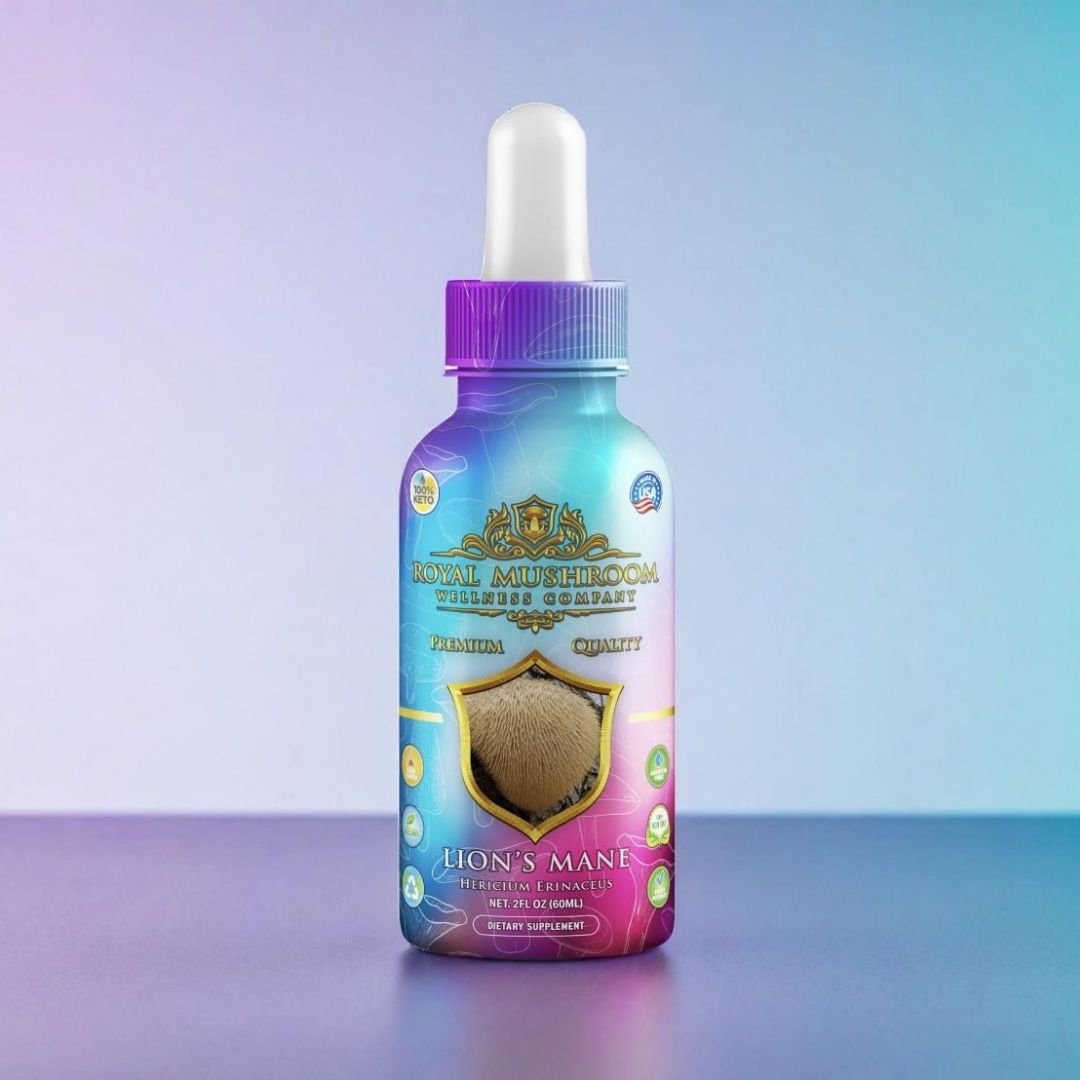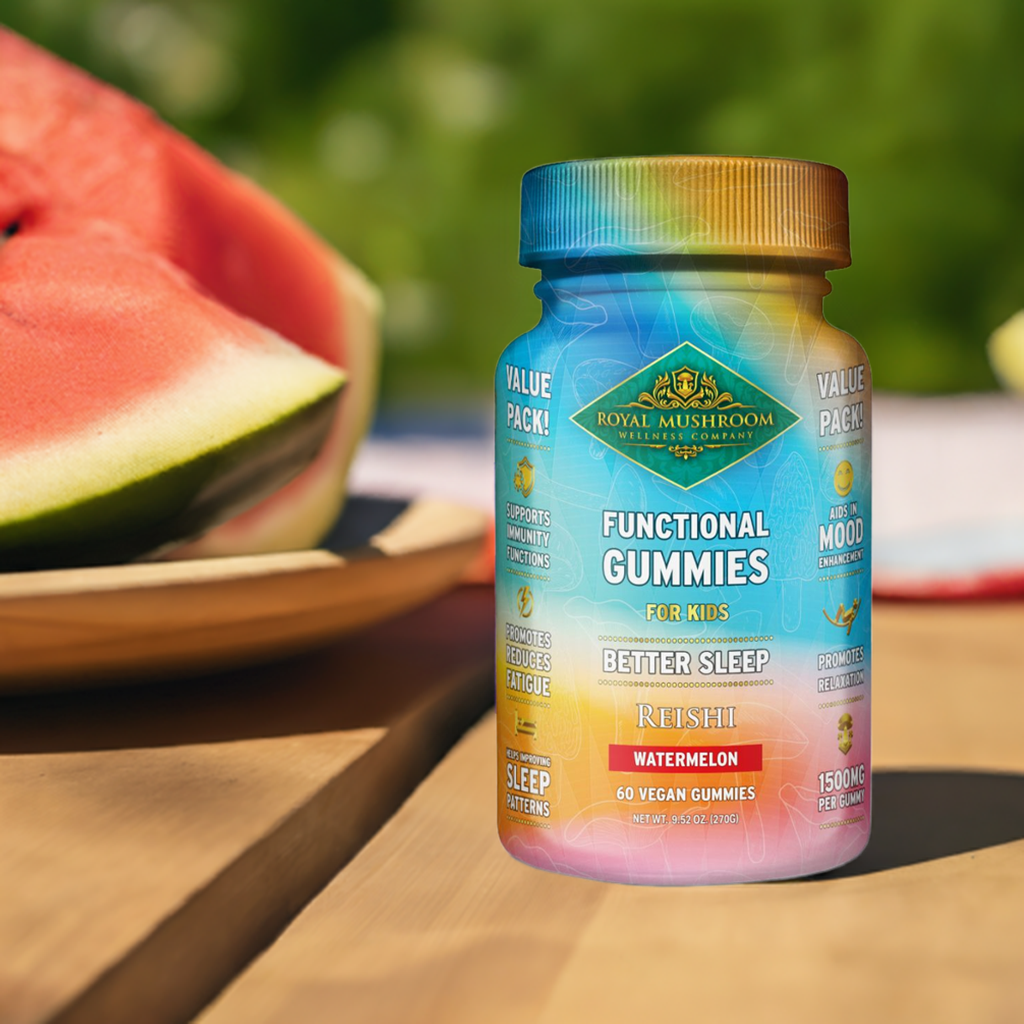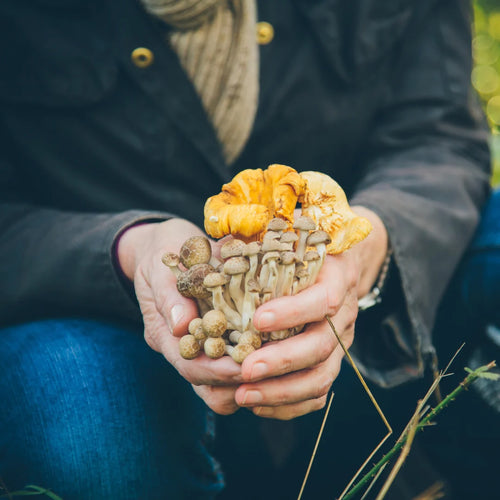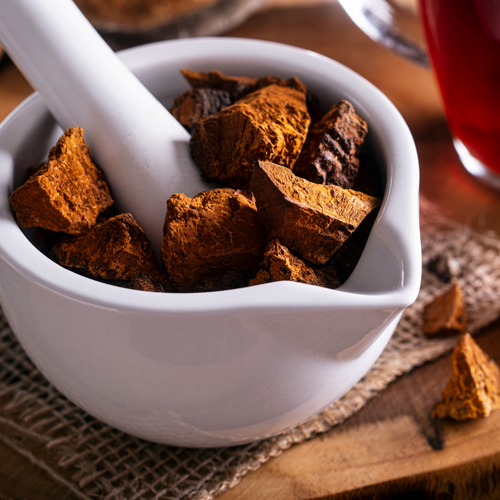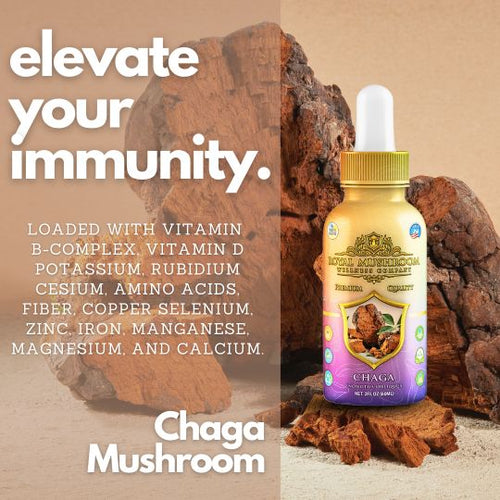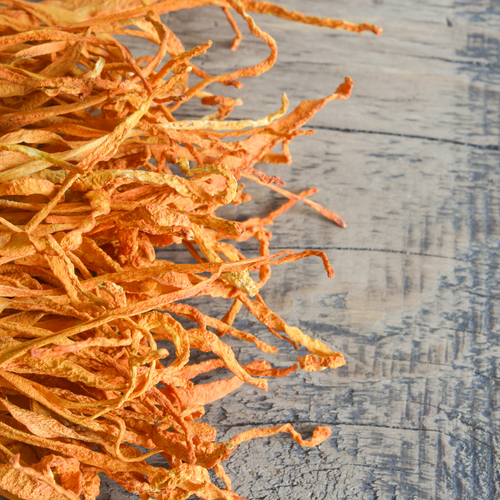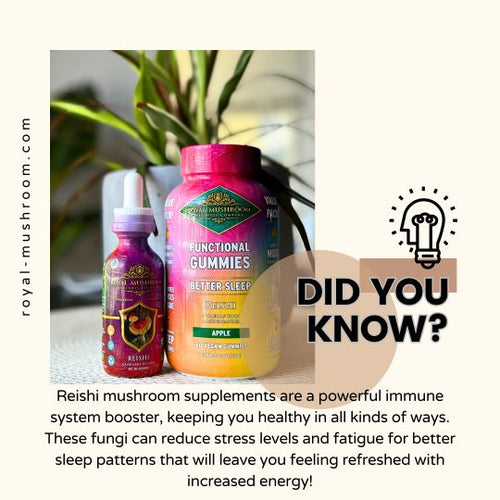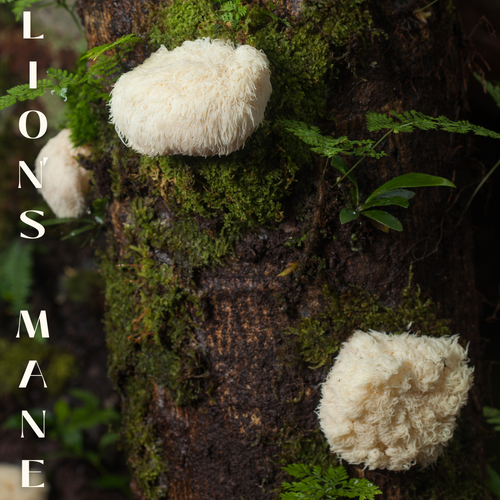Explore how cultures across the world—from Traditional Chinese Medicine to Ayurveda—have harnessed the power of mushrooms like Reishi, Chaga, and Lion’s Mane for healing, immunity, and longevity.
The History of Medicinal Mushrooms: 4,000 Years of Healing Wisdom
Medicinal mushrooms have played a vital role in human health for over 4,000 years. These ancient fungi were not just food—they were foundational elements in early herbal medicine systems such as Traditional Chinese Medicine (TCM), Ayurveda, and indigenous healing practices across continents. The history of medicinal mushrooms reveals a consistent theme: humans across cultures have turned to mushrooms for their healing properties, immune-boosting effects, and adaptogenic support.
In this blog post, we explore the medicinal mushrooms history through the lens of ethnomycology, highlighting both the ancient use of mushrooms and the timeless wisdom of traditional mushroom medicine.
Origins of Medicinal Mushrooms
Traditional Chinese Medicine and Reishi in Ancient Texts
In Traditional Chinese Medicine (TCM), the earliest documented reference to medicinal mushrooms appears in the Shennong Ben Cao Jing (Divine Farmer's Materia Medica), dating back to the Han Dynasty (c. 200 CE). Among its most revered fungi is Reishi (Ganoderma lucidum), often called the "Mushroom of Immortality."
- Used to nourish the heart and calm the spirit
- Believed to promote longevity, boost energy, and enhance resistance to illness
Fun Fact: Reishi was so revered in ancient China that it was often reserved for royalty.
Ayurveda and Mushroom Medicine in India
In Ayurveda, mushrooms were part of holistic remedies that focused on balancing the body’s doshas. While not as central as in TCM, fungi like Cordyceps were used to increase vitality and support respiratory health.
- Adaptogens like mushrooms were used to combat stress
- Chaga and other fungi were valued for their immune-boosting capabilities
Greek, Roman, and Egyptian Folk Medicine
The ancient Greek physician Dioscorides, in his seminal text Materia Medica, cataloged the healing properties of fungi, including treatments for inflammation and digestive issues.
- Ancient Egyptians believed certain mushrooms were the "food of the gods"
- Romans used mushrooms in wound care and immune support
Global Traditions & Cultural Practices
Indigenous and Folk Mushroom Healing Traditions
Across the Americas, indigenous Amazonian tribes integrated sacred mushroom use into both physical and spiritual healing. In ethnomycology, this is considered evidence of the shamanic roots of mushroom rituals.
- Psilocybin mushrooms were used in vision quests and healing ceremonies
- Mushrooms were considered messengers from the spirit world
🇯🇵 Japanese and Siberian Traditions
In Japan, Lion’s Mane (Hericium erinaceus) was valued not only for its brain-enhancing properties but also for supporting digestion and longevity.
In Siberia, Chaga (Inonotus obliquus) was brewed into teas for its anti-inflammatory and immune-modulating properties.
These folk medicine mushrooms still inspire modern formulations around natural immune-boosting mushrooms and cognitive supplements.
Benefits Then and Now
Natural Immune Support & Adaptogenic Power
Throughout history, traditional mushroom remedies were used to:
-
Boost immunity (via beta-glucans and polysaccharides)
-
Support the nervous system and reduce fatigue
-
Enhance energy, mood, and longevity
Modern studies confirm that these fungi contain potent bioactive compounds with antioxidant, anti-inflammatory, and neuroprotective effects.
🔍 Scientific Validation of Ancient Use
Mushrooms once praised in ancient texts now have solid backing:
-
Reishi clinical review: Shows its effects on sleep, anxiety, and immunity
-
Lion's Mane study: Demonstrates improved cognitive performance and nerve regeneration
-
Chaga mushroom research: Highlights its antioxidant and anti-cancer properties
Ancient Use vs. Modern Benefits
| Mushroom | Ancient Use | Modern Scientific Benefit |
| Reishi | Longevity, spiritual calm | Immune boost, anti-inflammatory |
| Lion’s Mane | Memory, digestion | Neuroprotection, cognition |
| Chaga | Tea for vitality | Antioxidants, anti-cancer |
| Cordyceps | Energy, breathing | ATP production, endurance |
Clinical Evidence
Mushrooms revered in ancient wellness practices are now part of clinical trials and functional medicine protocols:
- Reishi has been used in trials for blood pressure regulation and liver function.
- Cordyceps has shown promise in improving oxygen uptake in athletes.
- Lion’s Mane is being studied for its effects on Alzheimer’s and cognitive decline.
These findings bridge the gap between herbal medicine history and evidence-based modern science.
Frequently Asked Questions
What are the oldest records of medicinal mushroom use?
The earliest known references come from China’s Shennong Ben Cao Jing around 200 CE and ancient Egypt over 3,000 years ago.
Which cultures first used mushrooms for healing?
Chinese, Indian (Ayurvedic), Amazonian, Japanese, and Roman cultures all incorporated mushrooms into their healing systems.
Are ancient mushroom remedies still relevant today?
Yes. Modern science has confirmed many of the traditional uses, especially for immunity, cognition, and inflammation.
Final Thoughts
The 4,000-year history of medicinal mushrooms is more than folklore. It’s a testimony to the enduring value of fungi in human wellness. As modern mushroom supplements grow in popularity, they carry with them the wisdom of generations—a blend of spiritual mushroom use, adaptogens, and functional nutrition.
Whether you're sipping on Chaga tea or taking Lion’s Mane capsules, you're participating in a healing tradition that spans millennia.
Want to explore the healing power of mushrooms for yourself? Discover our curated line of medicinal mushroom blends rooted in tradition and backed by science.
